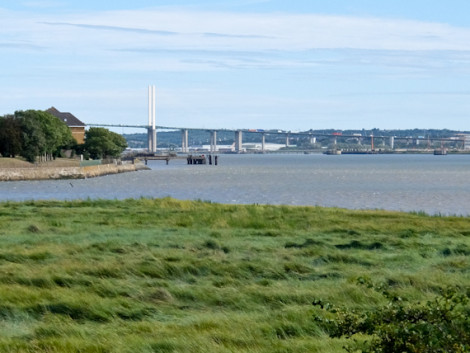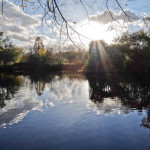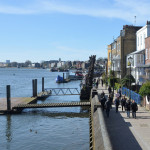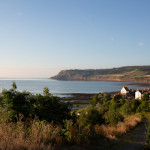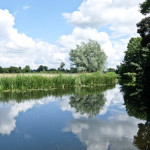In walking the London Loop, TripReporter’s hiker in residence Rupert Parker walks the last three sections of the 24 section London LOOP.
In these times of restricted travel, it’s good to explore the options right on your doorstep. The 150 mile London Outer Orbital Path or LOOP, starts on the south bank of the Thames in Erith and goes all the way clockwise round to Purfleet on the north bank in 24 sections. Each is easily accessible by public transport and you can do as much or as little as you like.
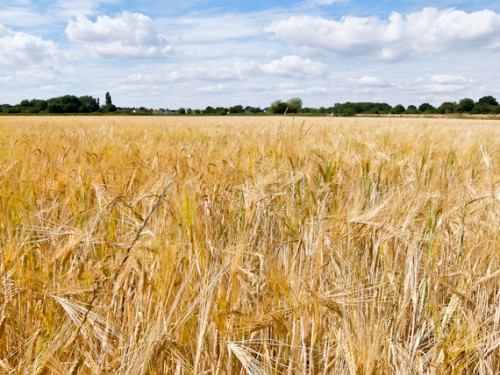
I’ve done a few sections over the years but, on a sunny day in August, decide to tackle the final stretch. I’m going to be ambitious and tackle three sections reckoning that I can always bail out if I’m feeling tired. What I always find surprising is that there’s so much countryside close to London, including cornfields, forests and lakes, and there’s very little road walking.
Section 22 Harold Wood to Upminster Bridge, 4 miles
I take the train from Stratford through exotic place names like Ilford and Romford before arriving at Harold Wood to start my walk. After a few suburban streets, I’m in Harold Wood Park with groundsmen attending to the cricket pitch. I get my first glimpse of the River Ingrebourne, just a stream really, which will be my constant companion until it discharges into the Thames at Rainham.
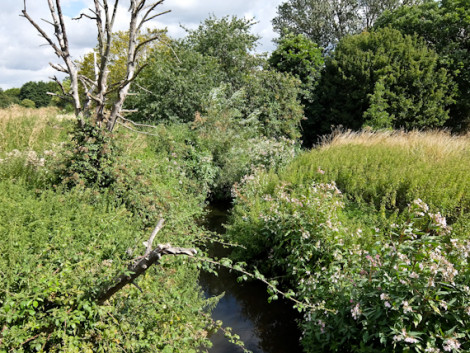
Following it into Pages Wood, I’m on a wide gravel track which I share with cyclists and families. Most are out walking their dogs or for a picnic and I’m the only hiker on the whole route. I emerge onto a main road and cross the busy London to Southend dual carriageway but am soon back at the Ingrebourne again.
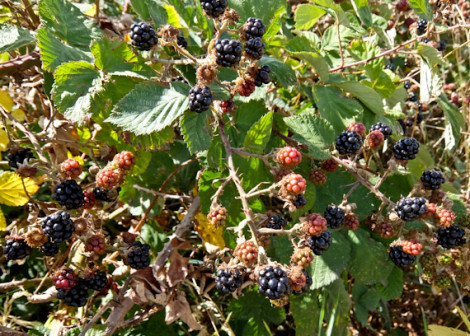
The path leads me into wide cornfields, with bramble bushes providing copious supplies of blackberries for a morning snack. I circle the corn before coming out onto the road which leads me to Upminster Bridge. There are pubs here but it’s too early to stop so I press on.
Section 23 Upminster Bridge to Rainham, 4 miles
After leaving the station I enter Hornchurch Stadium and then rejoin the Ingrebourne. Hornchurch Country Park was once an RAF airfield providing planes for the battle of Britain but all that remains are the odd pillbox and gun turret. The wetlands by the river are now home to flocks of birds and Albyns Farm Lake, is full of ducks. I’m soon on the outskirts of Rainham and enjoy a pint at the Albion pub.
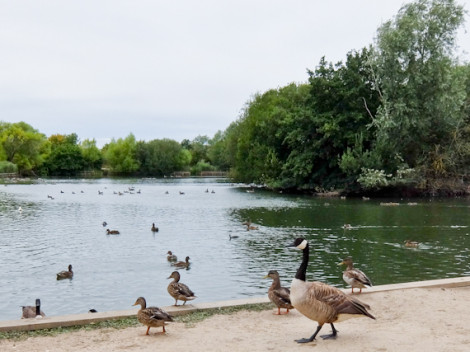
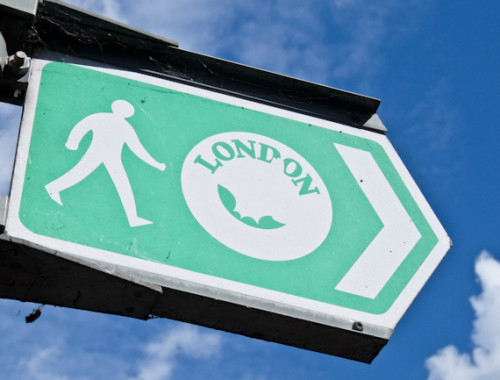
The village is mentioned in the Domesday Book and it’s pleasantly quaint with Rainham Hall, a three-story brick townhouse, built in 1729 for a sea captain. It’s the most distinguished of several 18th and 19th-century buildings but there’s also a huge Tesco. Eurostar trains rush through here on their way to France and I cross the high speed by the station and enter Rainham Marshes.
Section 24, Rainham to Purfleet 5 miles
This is the most interesting section of the walk, although it starts rather bleakly in the overgrown reeds of the marshes. I can hear the roar of the traffic from the A13 flyover and see large industrial units popping out of the undergrowth. This was once a military exercise area scattered with firing ranges and a few stone abutments remain. After the isolation of the marshes, it’s a surprise to climb a bank and suddenly see the Thames, wide and choppy.
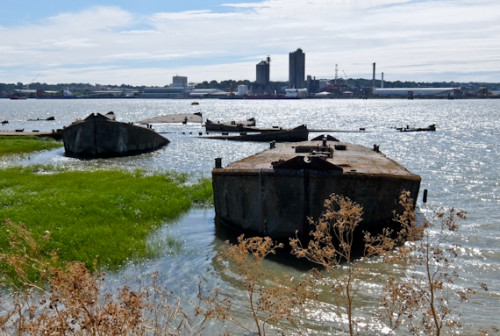
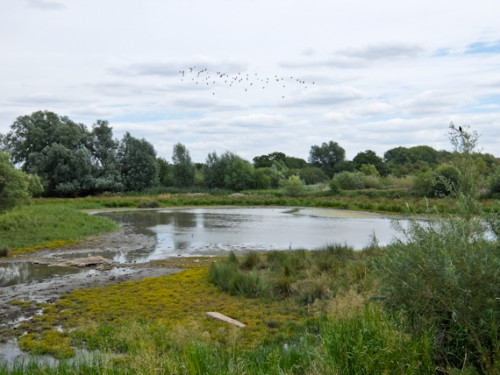
Following it on an overgrown track I’m fighting my way through brambles and up ahead are the giant silos of Tilda rice. I skirt their jetty and come across another war graveyard, this time the decaying hulks of concrete barges. Apparently they were used to ferry supplies during D day but were then towed here and left to rot. Right by the river is a huge green mound, a gigantic landfill with trucks scurrying to dump their waste.
Just beyond is Coldharbour Point, marked with a small automatic navigation beacon installed in 1885. For 800 years you could catch a ferry across the river to Erith but unfortunately, that’s long gone. What’s replaced it is the massive QEII Bridge, the Dartford Crossing, visible in the near distance, and a huge freighter comes up alongside me on its way to the sea.
![]()
I’m nearing my final destination and pass the RSPB visitor centre for Rainham Marshes nature reserve, and enter a housing estate. This was once a gunpowder storage area and there’s still one surviving red brick magazine and a museum. I leave the river and arrive at Purfleet station, to catch a train back into town. It’s been six hours of pleasant walking, so I suppose next time I’ll have to start from the beginning at Erith on the other side of the Thames.
Tell Me More About Walking The London Loop
When the weather’s fine, shoes are perfectly adequate for walking the London Loop but lightweight boots are preferable as some stages can be muddy.
Although awlking the London Loop trail is reasonably well signed it’s best to download the maps from the TFL Guide to the London Loop. There’s also information about getting to your start point and where you’re likely to end up.

